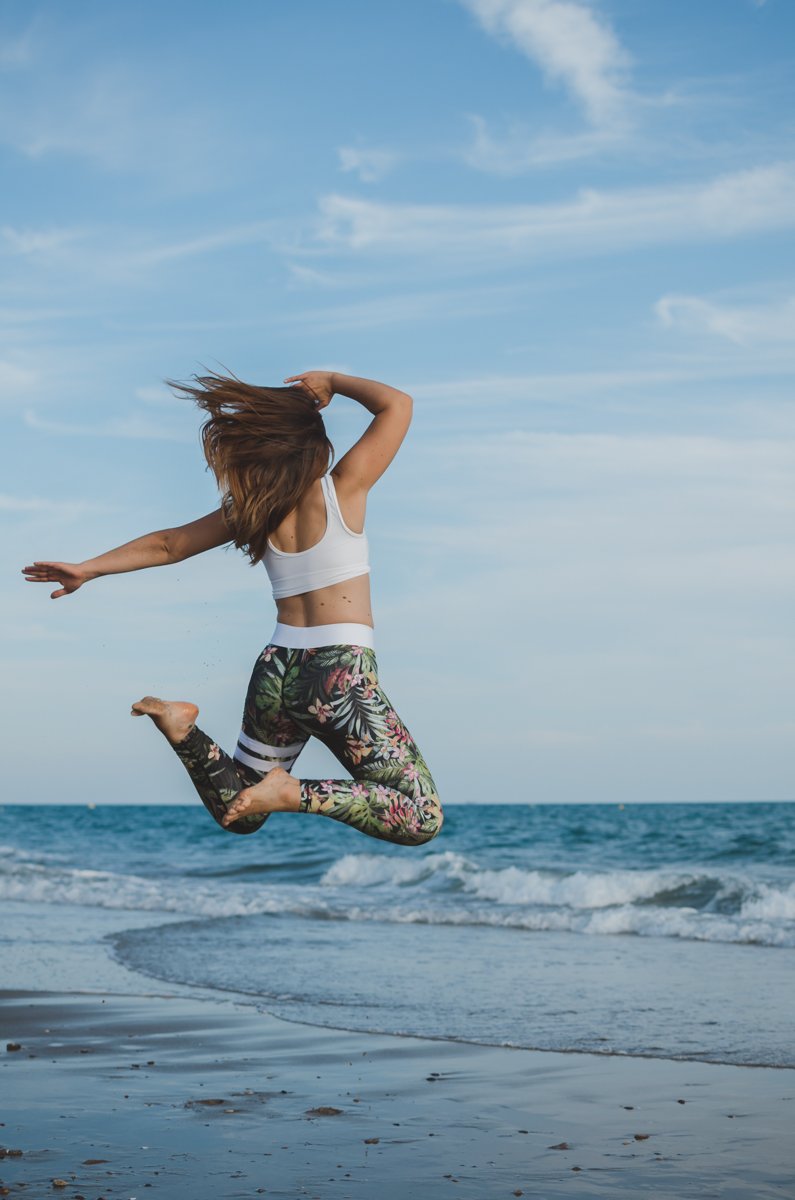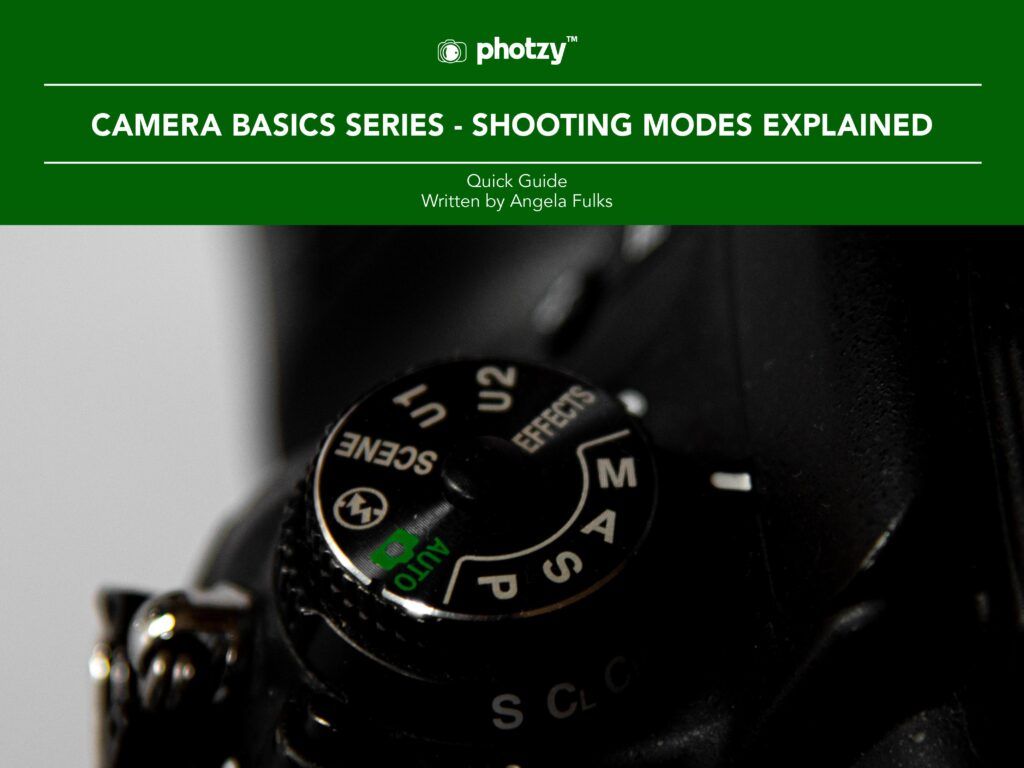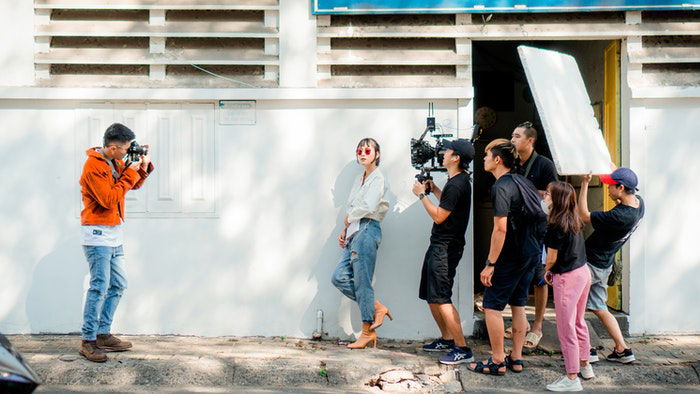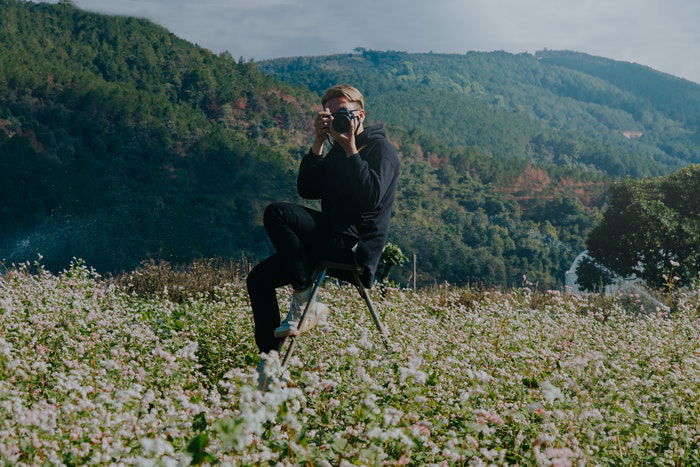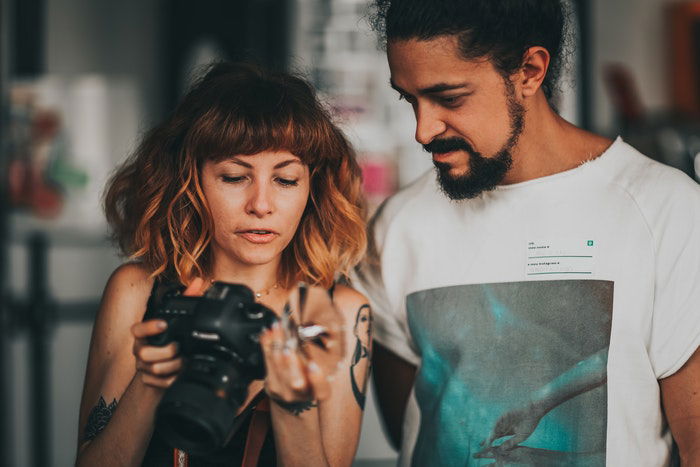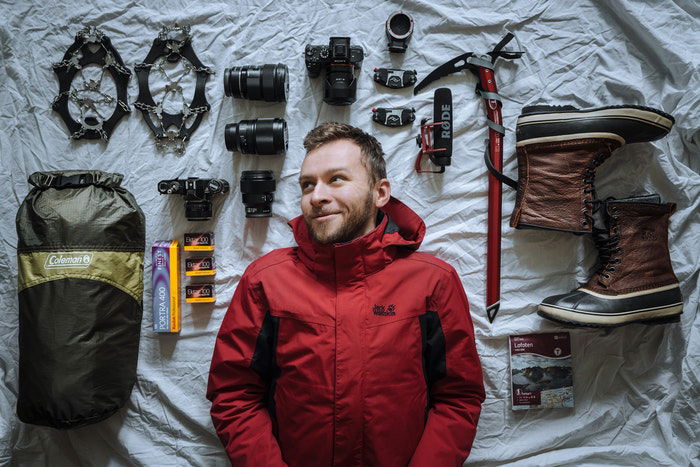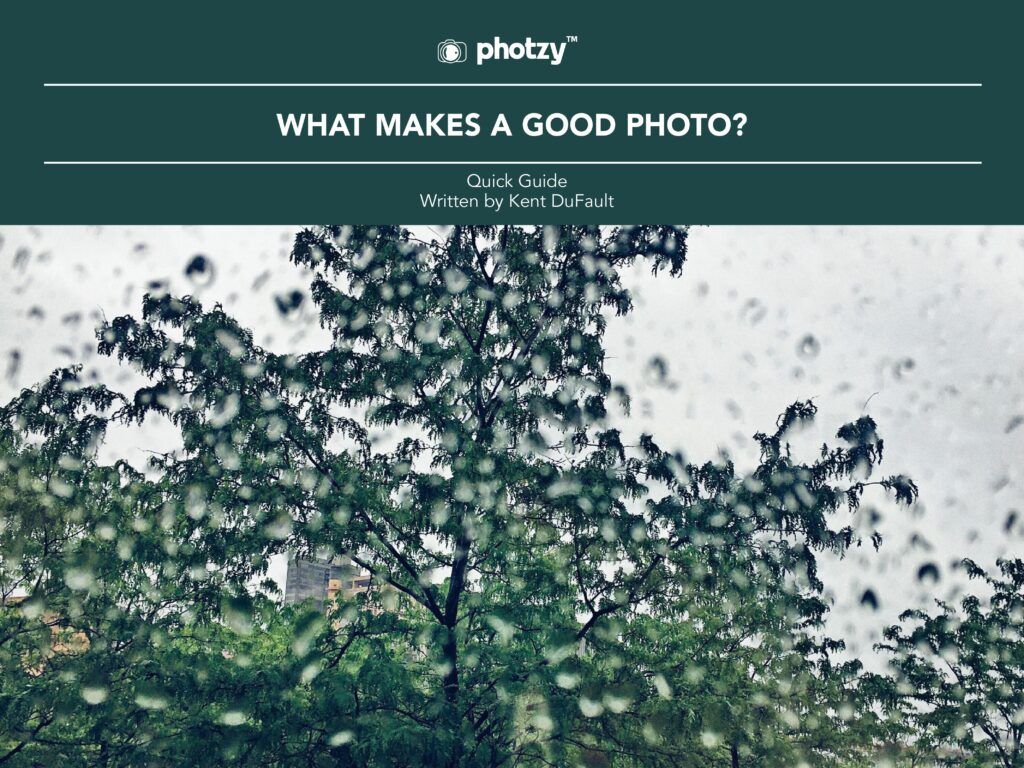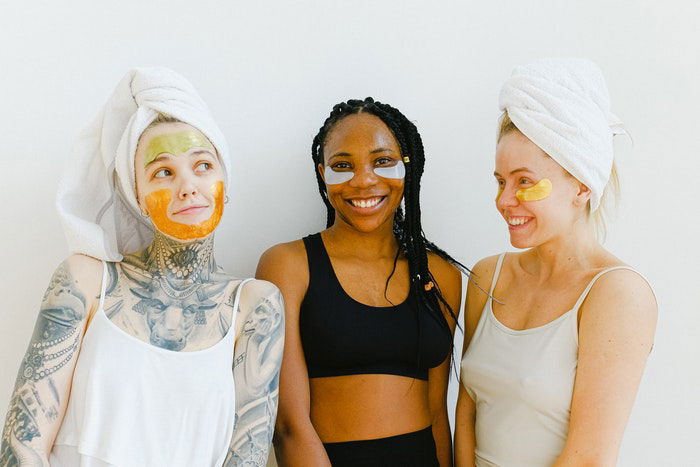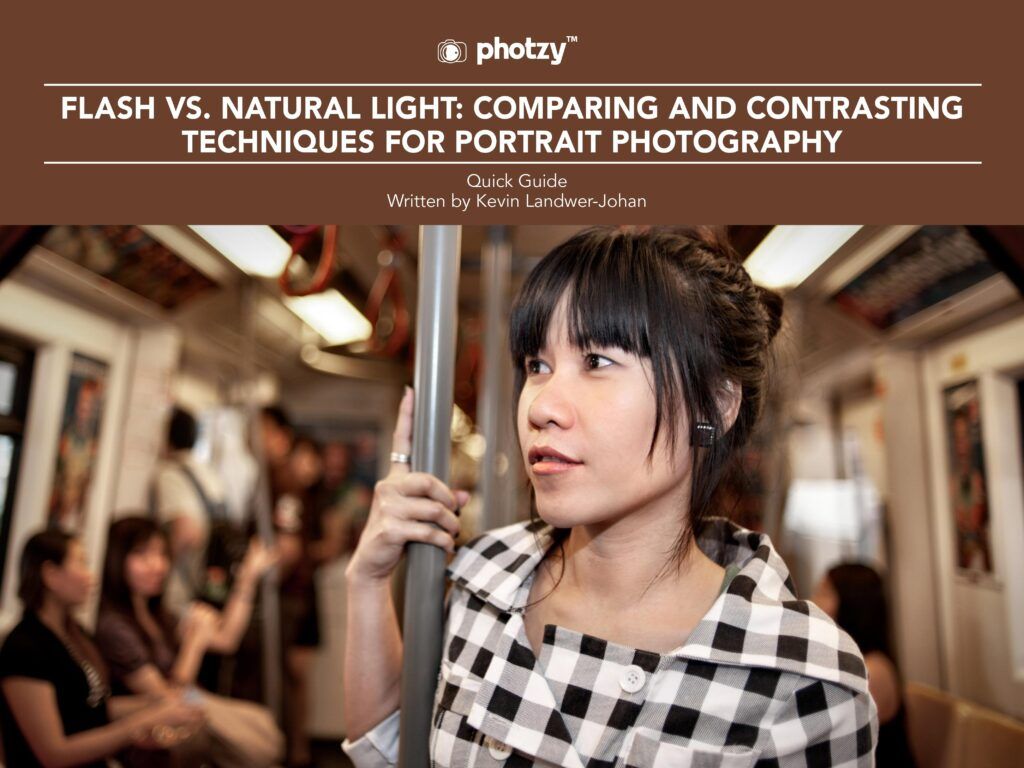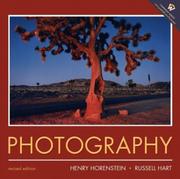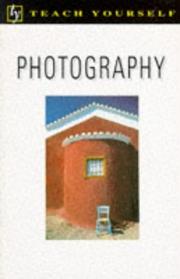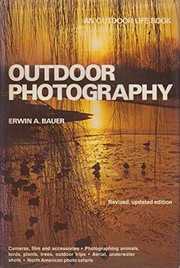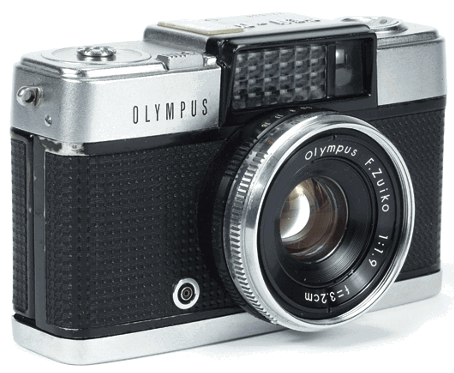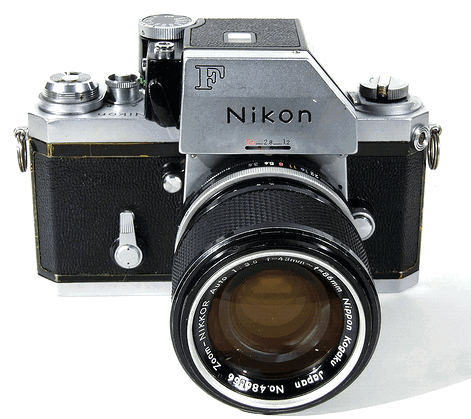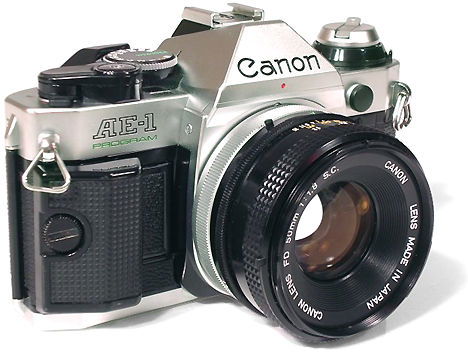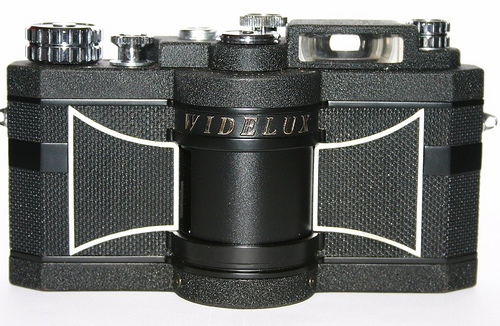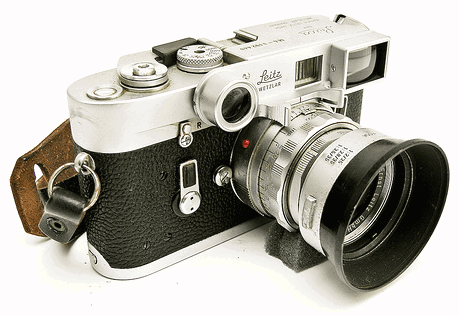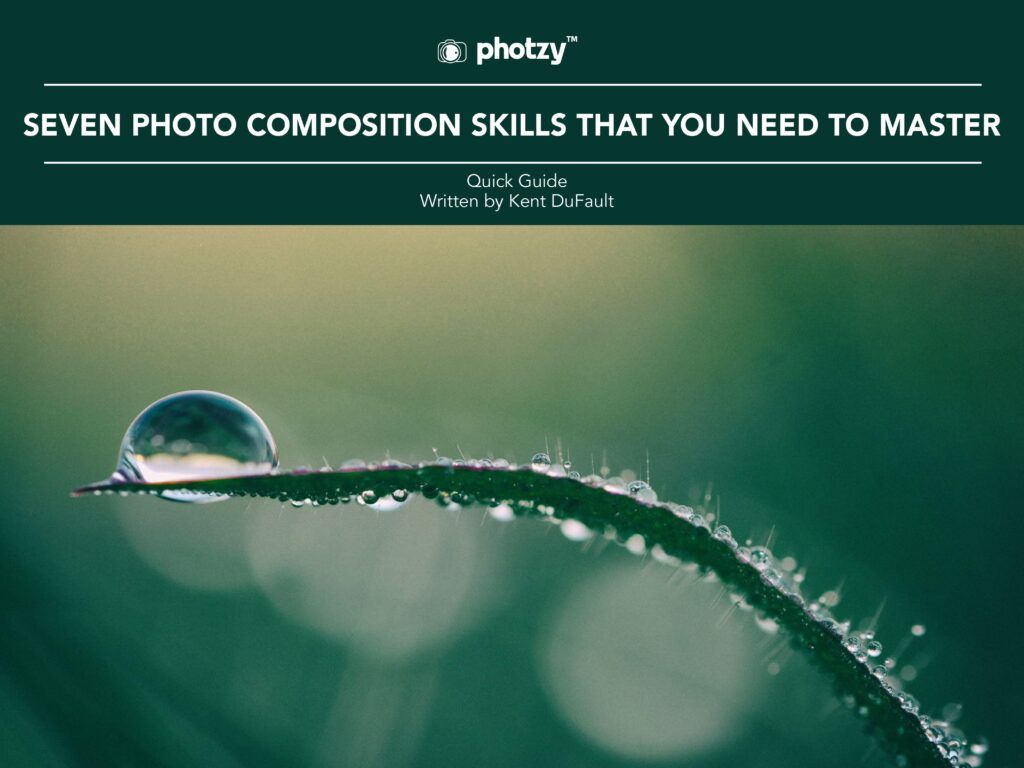How to Easily Understand Your Camera Autofocus Modes
Exploring the Benefits of Using Autofocus Modes Over Manual Mode
Focusing is choosing the part of your photo that will be sharp and well defined. Our brains usually prefer sharp images over blurry. A well defined subject draws attention, and is the most important part of the composition.
Mastering autofocus system will allow you to better convey the message
of your image. It will also save you from deleting lots of blurry photos!
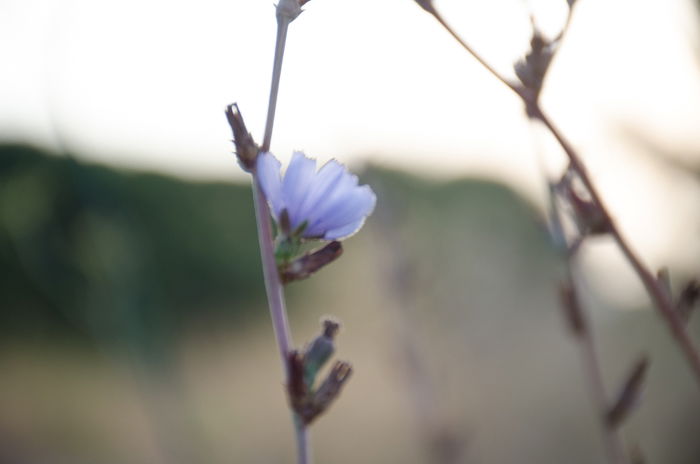

Focusing manually
gives you more control but it is an acquired skill. There’s a steep
learning curve. Basically you focus by turning the ring on your lens (in
DSLR cameras) until you see in focus the part of the photo.
It gives you more freedom for artistic effects, or to take photos in difficult situations, like low light conditions. But struggling with manual focus at the beginning can cause you to miss key moments.
This is where autofocus comes in.

Autofocus is a practical option that will allow you to focus much
faster. You will be able to pay attention to other things like composition and exposure.
You can switch between manual and autofocus either through the lens or through the camera itself. Depending on your camera model, you’ll have a dedicated button or can access this through the menu.
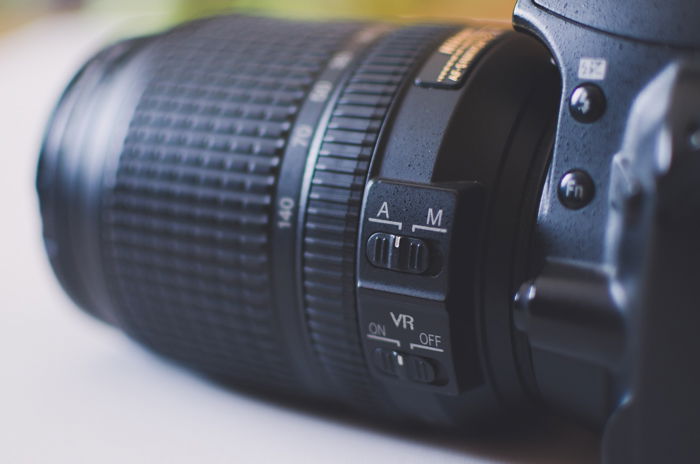
What Is AF All About?
When you set the focus, you arrange
the glass parts in your lens so that specific light beams meet on the
sensor. Beams that reach the lens from different distances require
different arrangements.
In other words, focus is a matter of distance of the objects from the
lens. In autofocus mode you select pre-determined “focus points”. The
number of these points depends on your camera you have.
You can see them through the viewfinder. Your camera will focus on the area that is in front of the focus point you selected.

How to Select the Best Focus Area for Your Subject
Digital these days have very advanced autofocus modes. They offer more options than just selecting one focus point.
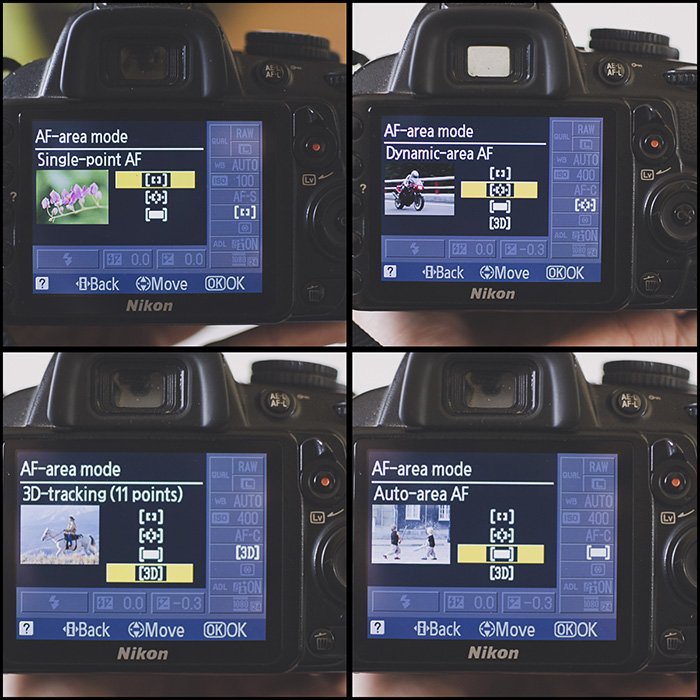
- Single-Point AF-Area Mode (Manual AF-Point in Canon). The camera will only use the focus point you’ve selected.
- Dynamic AF-Area Mode (AF Point Expansion in Canon). You also select one focus point. But in this mode, if your subject moves a little, the camera will use the surrounding focus points to focus. You need to track the subject with your camera. This way, you can make sure that it remains close to the first selected focus point. If not, your camera won’t be able to refocus.
- 3D Tracking. You select the first focus point and your camera, using an algorithm, tracks your subject while moving. There’s a risk that your camera will ‘jump’ to another subject and ‘decides’ to focus on it instead.
- Auto- area AF. This mode is completely automatic. The camera decides for you what focus points are going to be used. It chooses the subject in the photo according to contrast differences. I do not use this mode often. I like to keep some control over what to focus on.
Use Single-Servo AF (Nikon, AF-S) or One-Shot AF (Canon) for Static Subjects
Most cameras have different autofocus modes to help you focus in different situations. You can select one either through the camera settings menu or with a button dedicated to it.
The most common autofocus modes options are : AF-S (single point), AF-C (Continuous) or AF-A (automatic).
The basic option is the AF-S. With it selected, you focus using one
focus point. The camera will allow you to choose the focus point
(probably using some arrow buttons or a dial).
This autofocus mode has the advantage that it allows you to block the
focus when you half-press the shutter release. This is handy when you
want to reframe the image without losing the focus point.
AF-S mode is useful when the subject of your photo is not moving (landscape, still photography) or it moves just a little (static portraits).
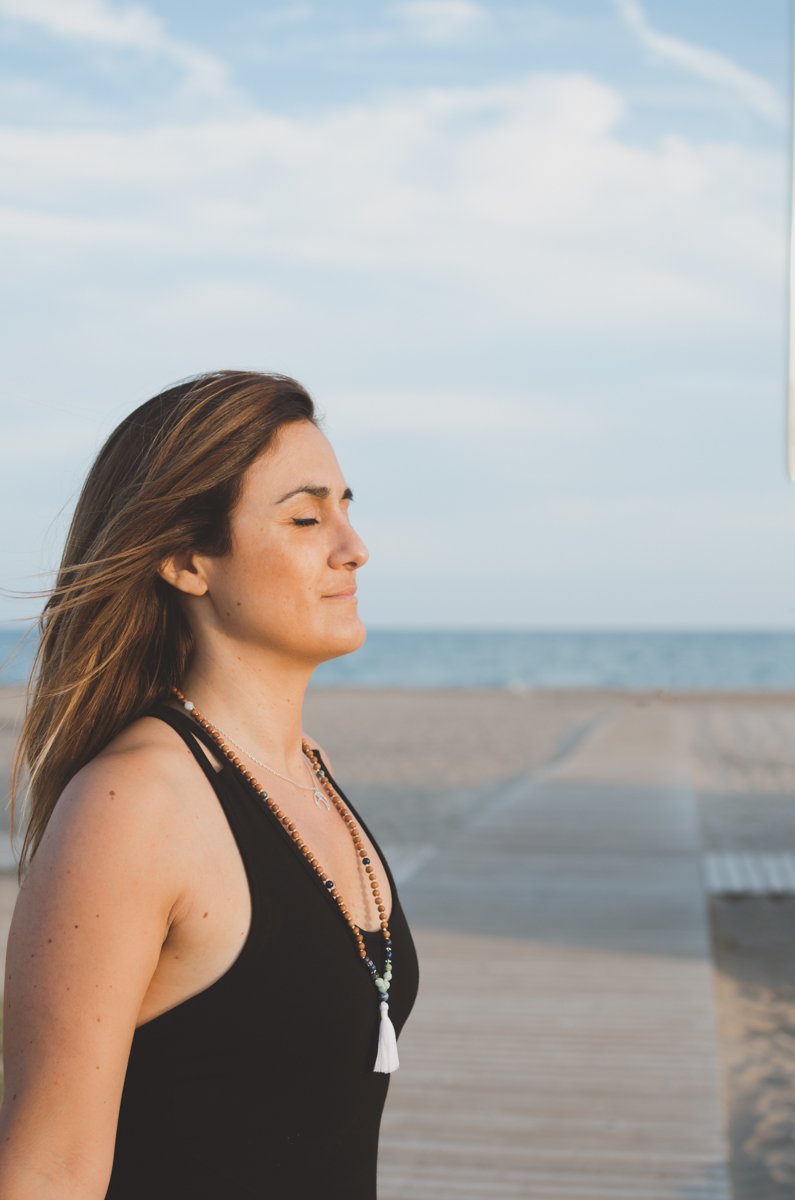
Use Continuous Servo AF (Nikon, AF-C) or AI Servo (Canon) With Moving Objects
Another camera focus option is Continous (AF-C). This is especially useful when the subject of your photo moves around. Think sport events, vehicles, animals, or kids.
The camera does not lock the focus point when you half-press the shutter
release. Instead, it tracks your subject and refocuses accordingly.
Remember that when you select this autofocus option, you can’t lock the focus. This means that you can’t reframe.
What About Autofocus Automatic (Nikon, AF-A) or AI Focus AF (Canon)?
There is a third option: the
Autofocus Automatic. Your camera will select Single or Continuous AF if
it detects the subject as stationary or moving respectively.
This might seem like a great option, but it leads to confusion. The camera switches between the two AF modes.
This makes it hard to know if half-pressing the shutter release will lock the focus or track the subject.
How to Combine Autofocus Modes With Focus Areas for Better Photos
Now it is time to put the Autofocus mode and autofocus area together.
Single Point Area + AF-S Mode
Perfect for stationary subjects such as landscapes and still photography. I also use it in portraits where the model is not moving fast.
You choose one focus point and the camera won’t refocus.

Single Point Area+ AF-C Mode
Ideal for when your subject is moving, like animals, kids, sports, etc. Also handy in nature photography for windy days.
You select one focus point and your camera will refocus if needed if the subject moves.
It will refocus only on the selected focus point, so you need to track the subject.
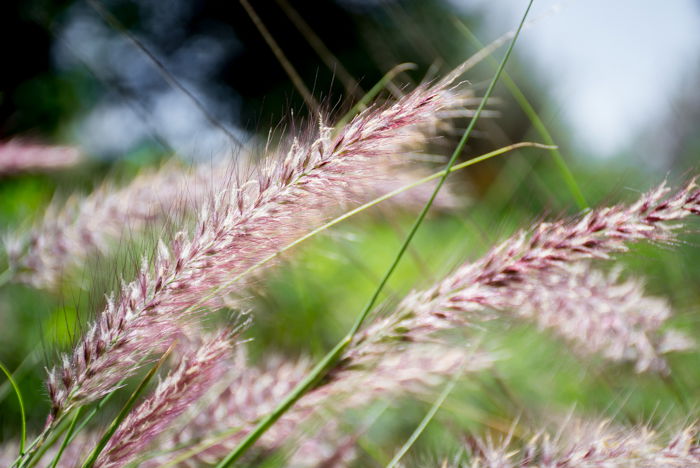
Dynamic Area + AF-C Mode
Useful when the subject is moving in an unpredictable way. Select one focus point and the camera will use also the surrounding ones if the subject moves.
You might be wondering why you should not use this all the time. Since
the camera can track the movement and refocus accordingly (selecting
Continuous mode and a 3D Tracking/Dynamic area).
Why bother switching to one single focus point?
If your subject is not isolated in the frame, your camera can get
confused. It might end up tracking another subject you are not
interested in.
For that reason, the one single focus is still more precise than the
dynamic area/3D tracking. If your subject is not moving, you have better
chances for a sharper image.
Which Combinations Not to Use
Dynamic Area + AF-S Mode
Although your camera might let you select this combination, these 2
options are incompatible. On one side you are telling the camera to use
an area of using several focus points to refocus if needed (dynamic
area). But you are not allowing it to refocus (AF-S mode has not this
option).
The dynamic area will get disabled and it will works as a Single-Point.
If you select this option because your subject is moving you can miss
the shot. Your camera is working as if it were in Single Point Area+AF-S
Mode (the one for static subjects).
3D Area + AF-S Mode
Same as with the previous, the camera won’t refocus. The 3D Area will
get disabled and you’ll be taking photos like in Single Point Area+AF-S
Mode.
How to Autofocus in Live View
Autofocus mode work slightly
differently when you’re using Live View. In this case, you can select
any point on the screen to focus on and not just the predefined focus
points.
Live view autofocus mode works by detecting contrast in the scene while
the viewfinder autofocus technology is based on phase shift sensors.
Live view focusing is slower. But it is also more accurate for static
subjects.
I recommend using it with AF-S mode. When selected, you will see a red
square you can move around the screen using the arrow bottoms.
When it is in focus it will appear green and then it’s time to shoot!

How to Use Autofocus Modes in Low Light Situations
In low light situations, your autofocus might go a bit crazy. Your lens will go into a loop looking for focus without success.
In these cases the AF-Assist built-in light can be really useful. Turn
it on through your menu. When activated, your camera will send out an
orange-red light that will point to your subject. This will help you
focus.
But it’s not a perfect solution. It selects the AF-S Mode and focuses
using the central focus point. It has a limited range too, so you need
to be relatively close to your subject (0.5-3m).
An alternative you could use is to briefly illuminate the point you want
to focus on using a flashlight or some other light source.
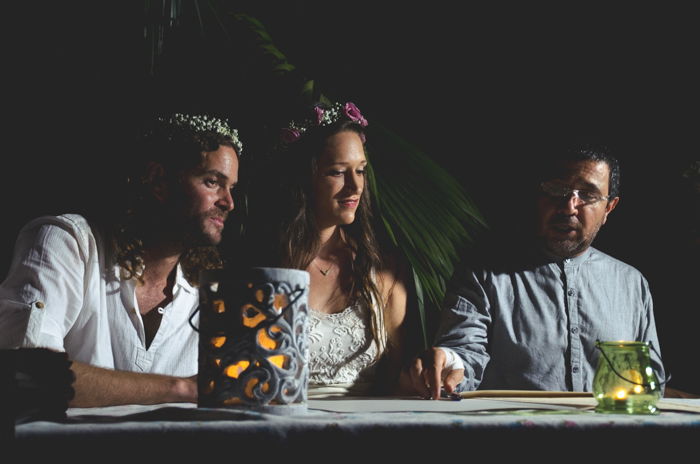
Autofocus Modes
Getting familiar with the autofocus modes that your camera offers will allow you to take sharper images.
Select an autofocus area according to how your subject behaves. If it is
static, use a single focus point and combine it with the Single-Servo
Mode (to lock the focus when you half-press the shutter release) or the
Continuous mode (to allow the camera to refocus on that point if the
subjects moves slightly).
--------------------------------------------------------------------------------
